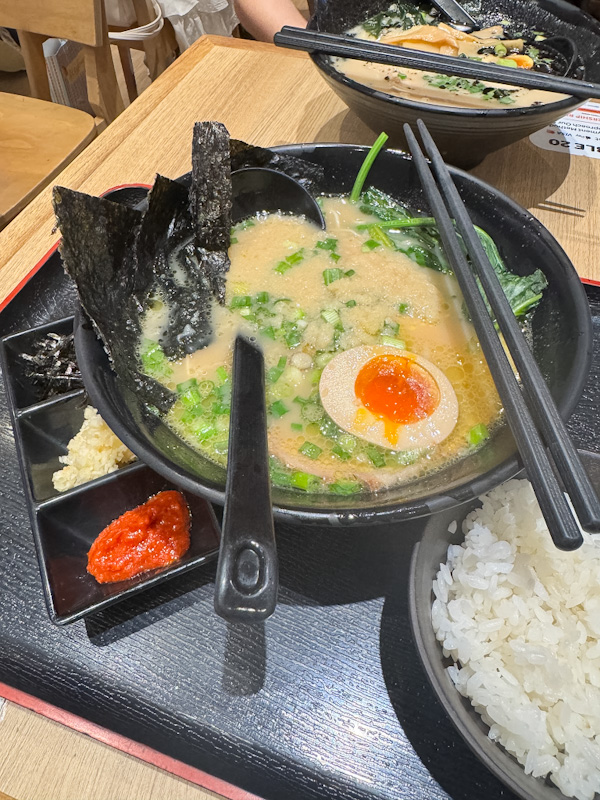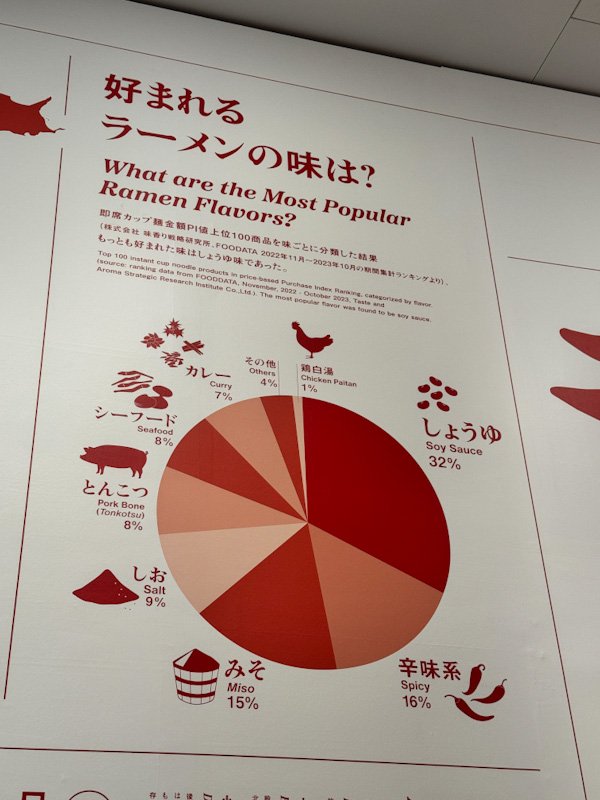
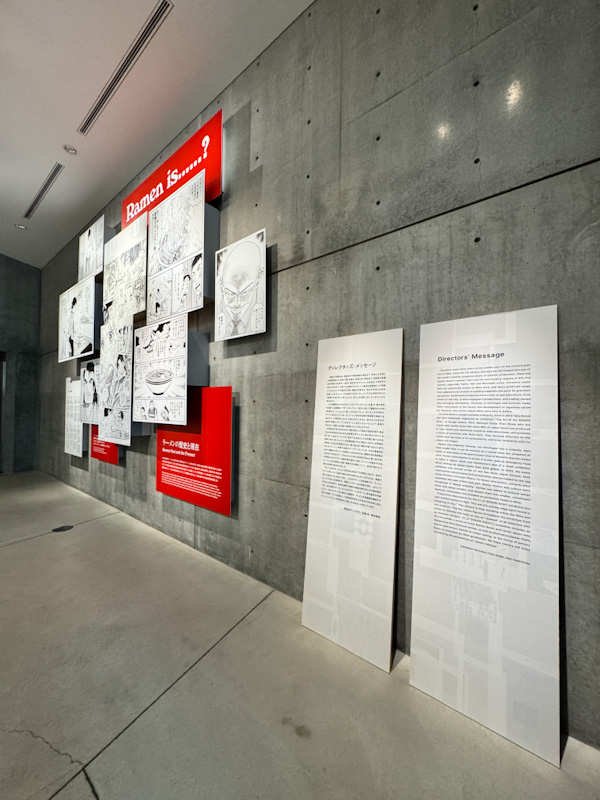
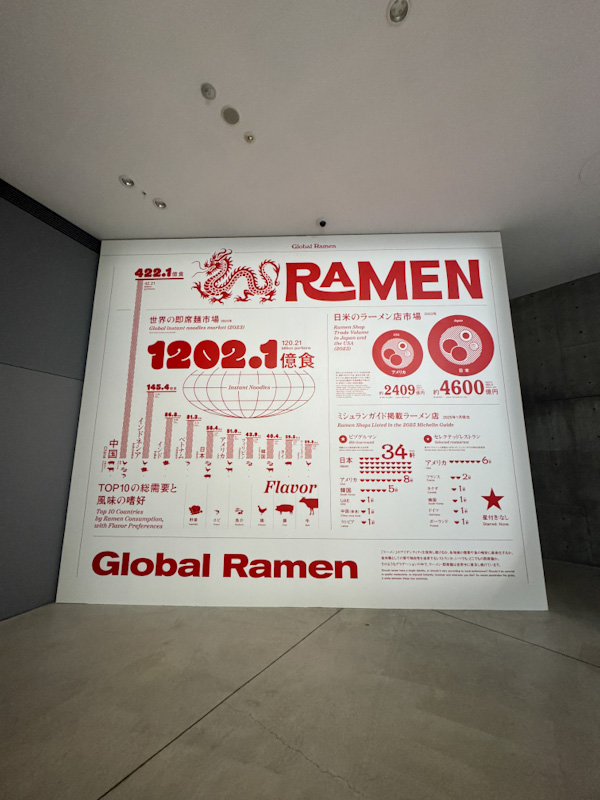

When it comes to ramen, most of us obsess over the broth, toppings, and noodles—but what about the bowl? At The Art of Ramen Bowls exhibition in Tokyo, I learned that the humble donburi is more than just a container. From the curve of its lip to the weight in your hands, every detail is deliberately designed to enhance aroma, retain heat, and elevate the way you experience each slurp. The exhibition dives deep into the design philosophy behind ramen bowls, showcasing how craftsmanship, materials, and even regional heritage play a surprising role in how we enjoy our favourite comfort food.
Did you know?
Just instant ramen alone, the world consumes 120.21 billion portions in 2023! That’s enough bowls for every single person on Earth to have ramen 15 times a year. That's enough ramen to feed every single person in Singapore 3 meals a day for 18.5 years.
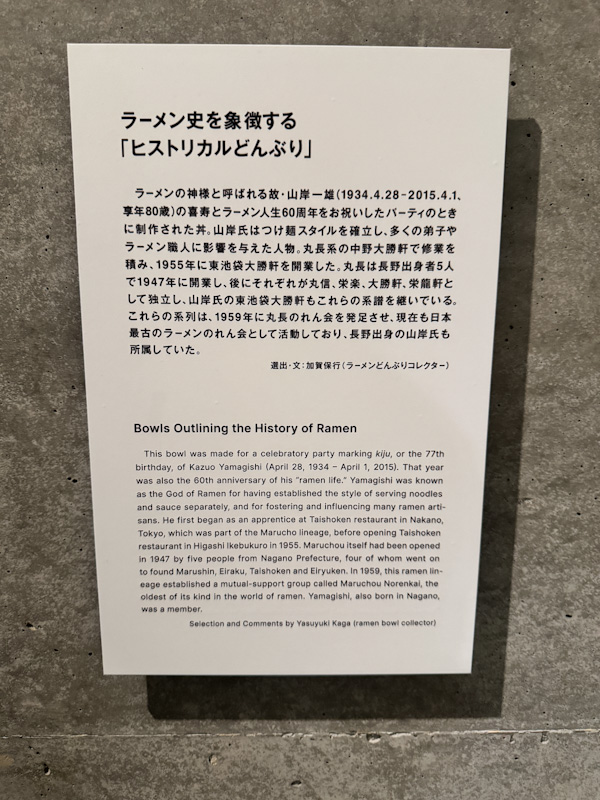
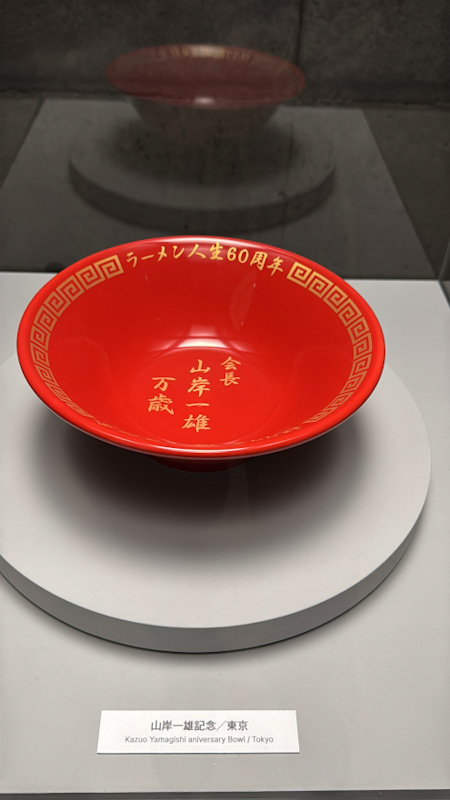
Did you know?
Shoyu ramen is the most popular flavour by a huge margin. The number of people who love shoyu equals the combined fans of miso, shio, and tonkotsu ramen!
1. The Function Behind the Form
The shape of a ramen bowl isn’t random—it’s engineered to influence how you taste, smell, and interact with your meal. Bowl design is an essential part of Japanese ramen culture, blending form and function in surprising ways.
- Tall vs. Wide: Taller bowls help trap steam and concentrate aroma, making each bite more fragrant. Wide bowls, on the other hand, allow the toppings to spread out beautifully and cool faster.
- Flared Lips vs. Straight Sides: Flared lips help funnel aroma toward your face and encourage smooth slurping. Straight sides keep heat in and create a more focused presentation.
- Openings and Rim Design: Wide-mouthed bowls frame the ramen like art, creating that “wow” effect when your bowl hits the table.
- Depth Matters: Deep bowls are ideal for soup-heavy ramen like tonkotsu or shoyu. Shallow bowls are often used for tsukemen or mazemen, where broth plays a smaller role.
At the exhibition, I saw examples like wide, shallow bowls used for tsukemen with beautifully swirled glazes, and narrow, tall bowls perfect for piping-hot, broth-forward ramen. Each shape subtly enhances the ramen-eating experience, showing how integral design is to traditional ramen presentation.
Did you know?
Almost 90% of ramen bowls in Japan are produced in the Tono area in the eastern part of Mino in Gifu prefecture!
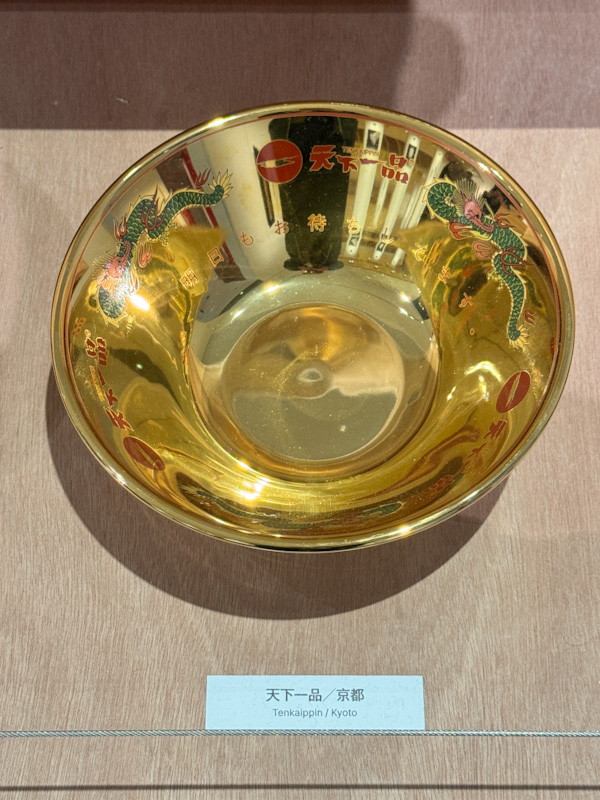

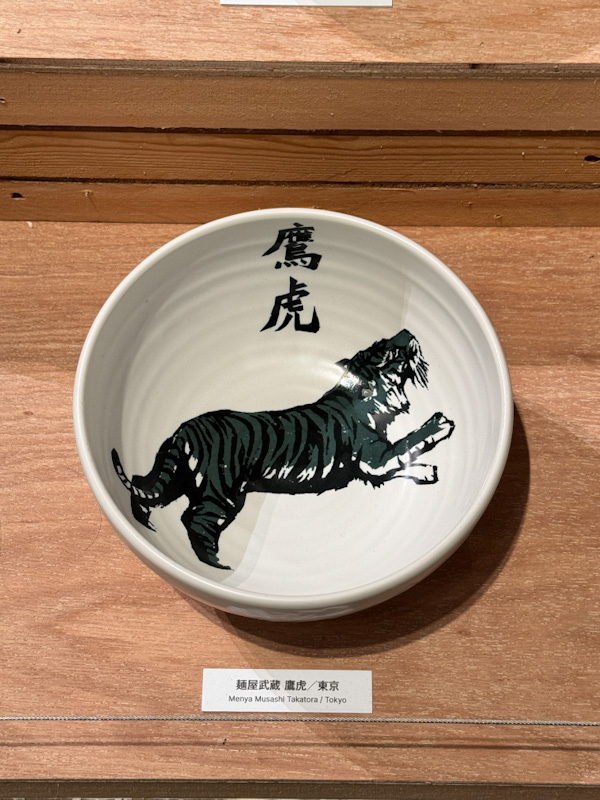
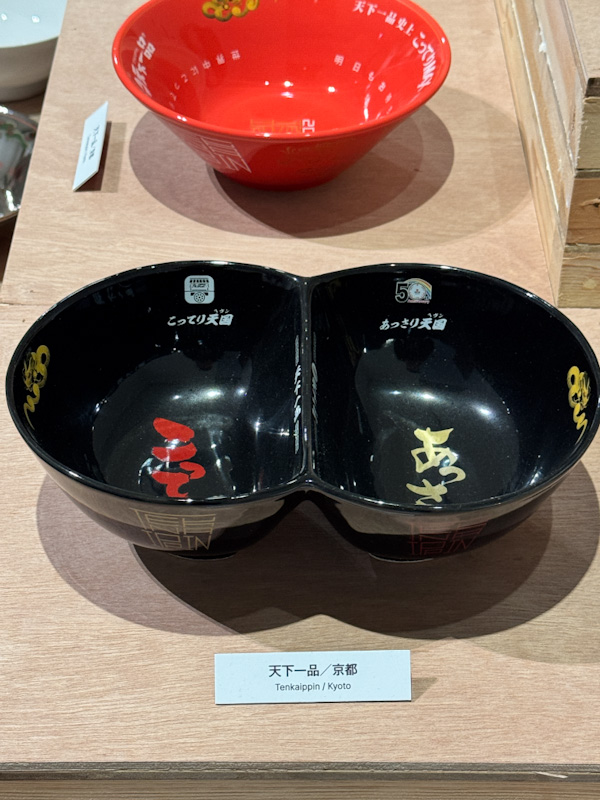
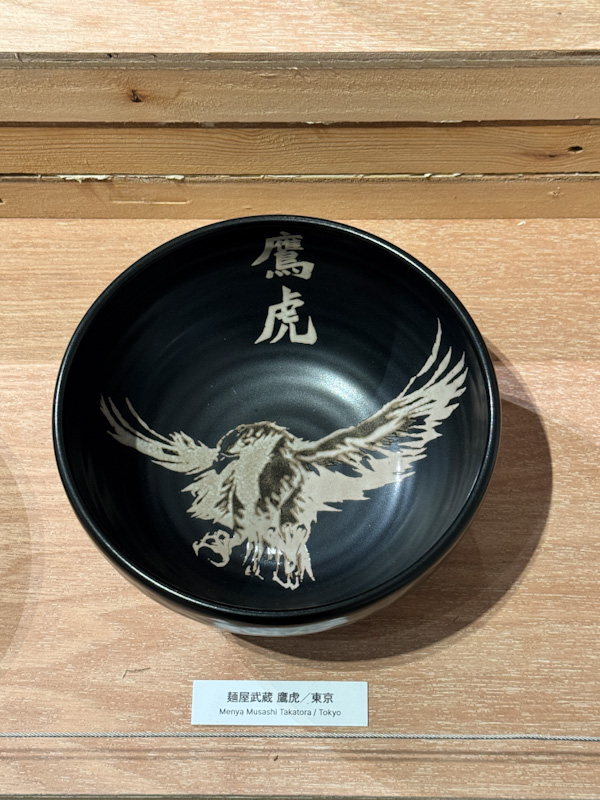
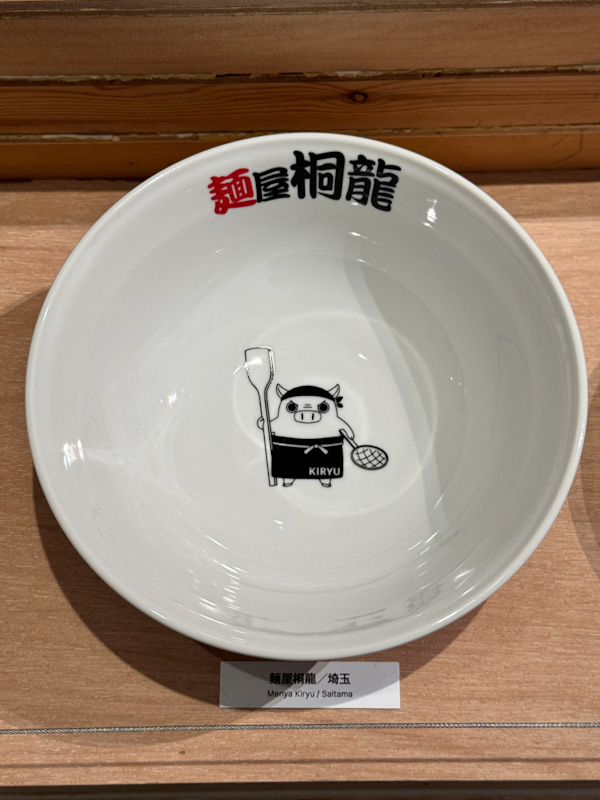

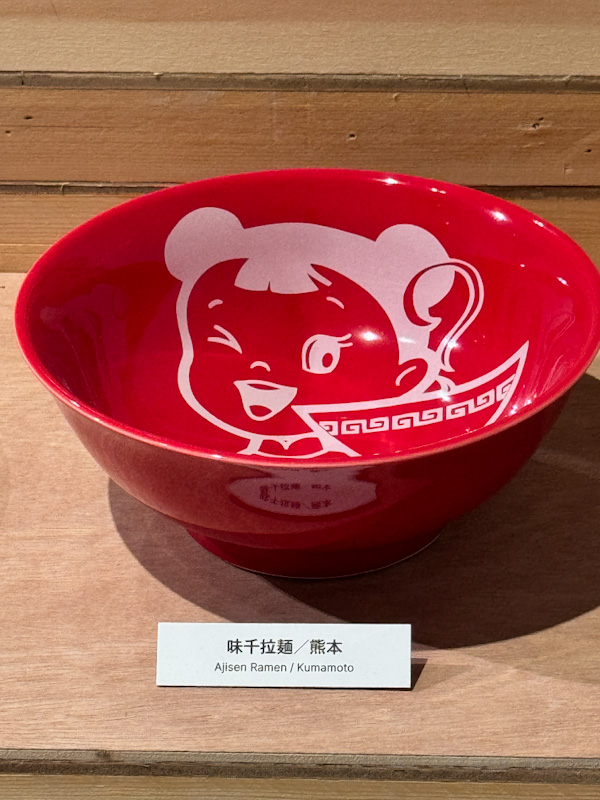
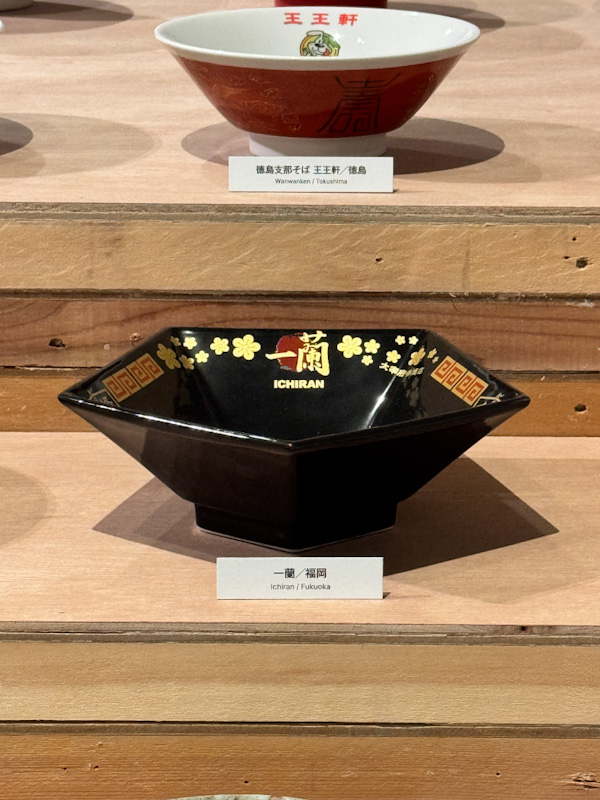
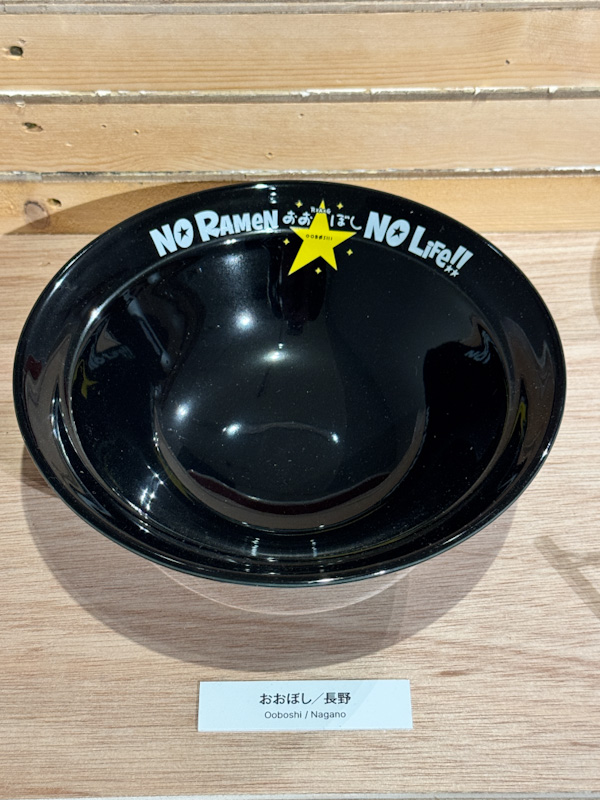
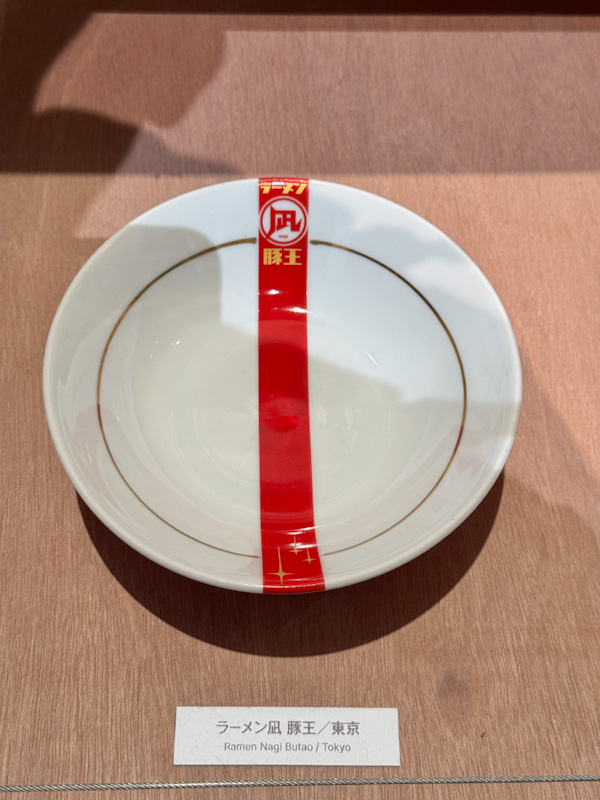
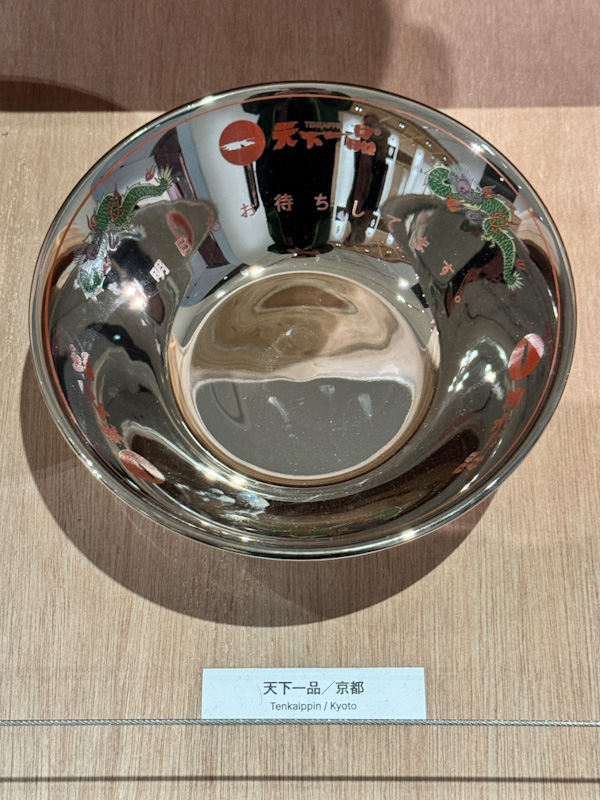

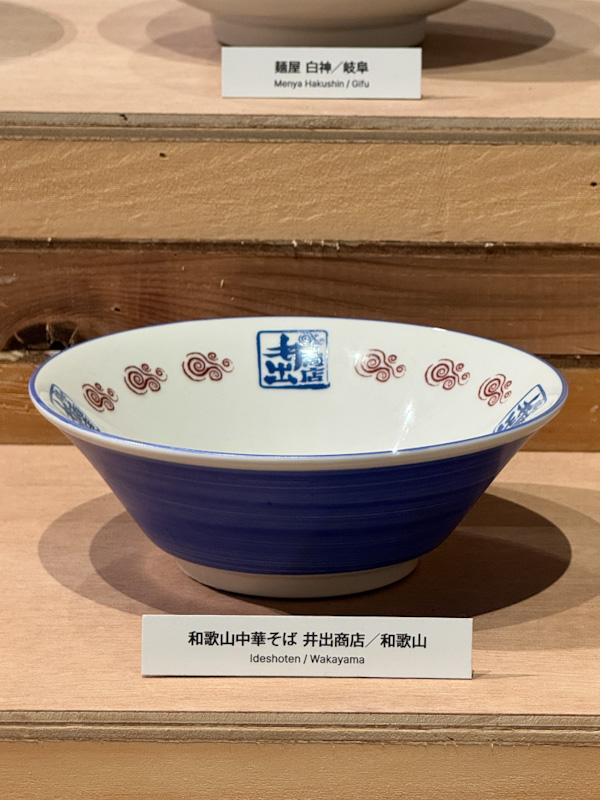
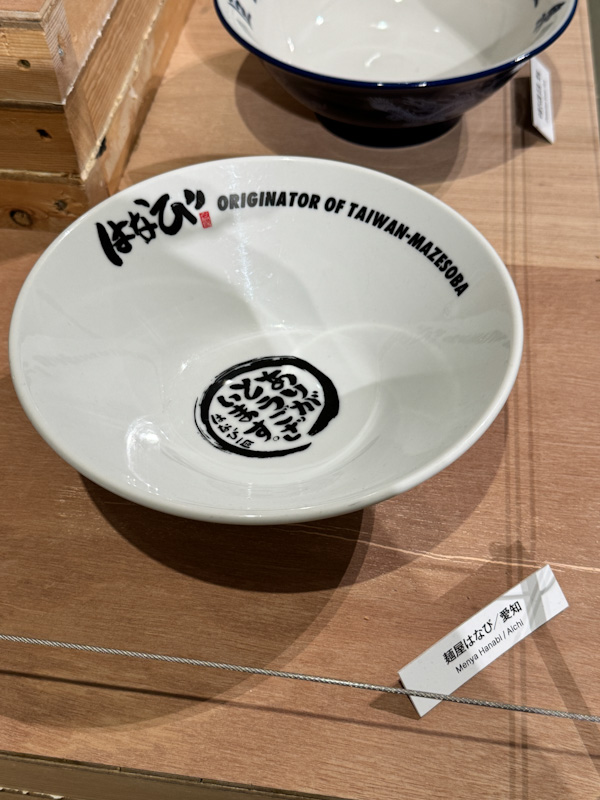
2. The Role of Material and Texture
A ramen bowl’s material affects more than just its look—it changes the dining experience. From heat retention to hand-feel, the right material elevates every slurp.
- Heat Retention: Porcelain retains heat well and is ideal for keeping broth warm. Earthenware gives a rustic touch and holds warmth longer, while modern composites might be lighter but less effective at heat control.
- Texture and Grip: Rougher textures or indented sides help prevent slips—especially useful when handling a full bowl with one hand.
- Glaze Finishes: Glossy bowls highlight clear soups or bright toppings, while matte bowls offer a contrast that makes richer colors pop.
Touch matters too—bowls with a warm, grainy surface feel different from slick, cold ceramic. That tactile difference adds another layer to the experience. At The Art of Ramen Bowls exhibition, I noticed how these subtle differences influenced how people held and interacted with their bowls. It’s design thinking applied to ramen.
Personally, I also own a pair of handcrafted ramen bowls—and I didn’t realise how functional the design was until I started using them. Subtle details like flared lips and an elevated foot make it easy to carry a bowl filled with piping hot soup. And the lightly textured interior? It prevents stains from clinging and makes washing up a breeze.
Did you know?
The average time in Japan that people take to finish a bowl of ramen is just 5 to 10 minutes. Any longer than that, and the noodles start to turn soggy and lose their texture. The umami taste also dims as the soup cools.
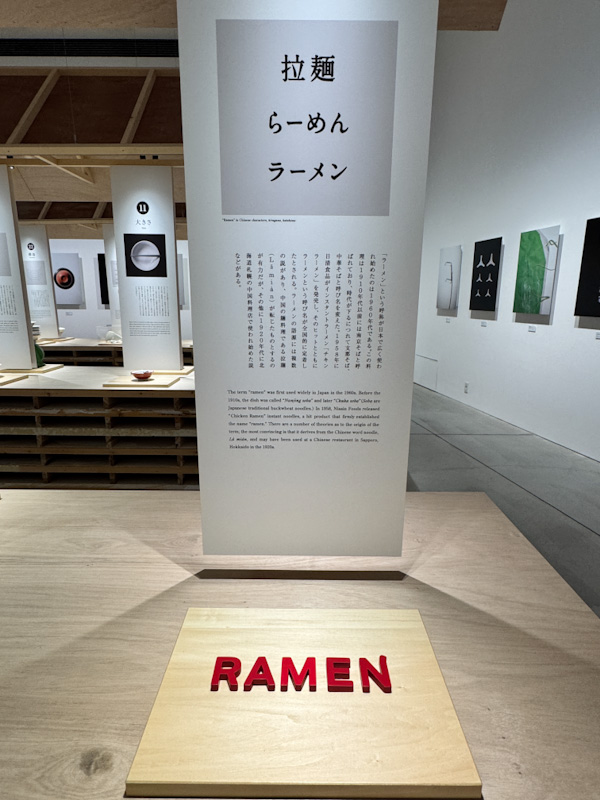

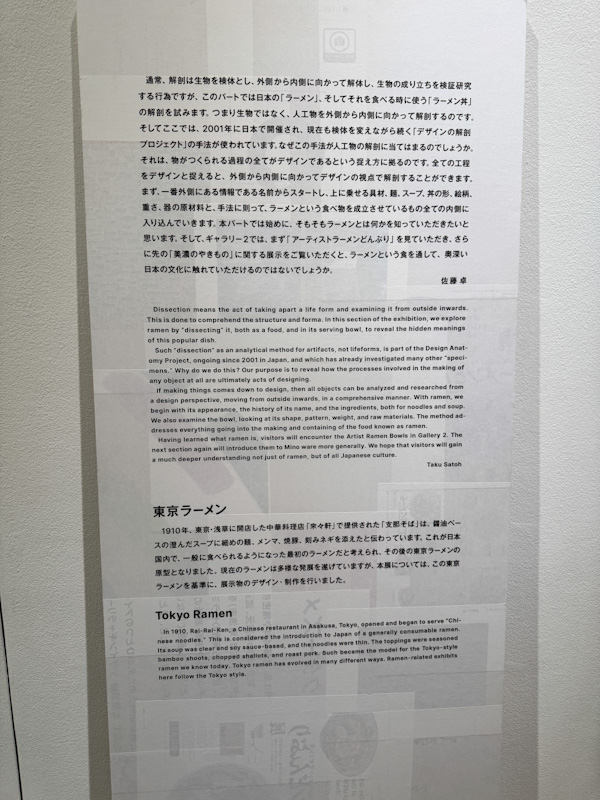
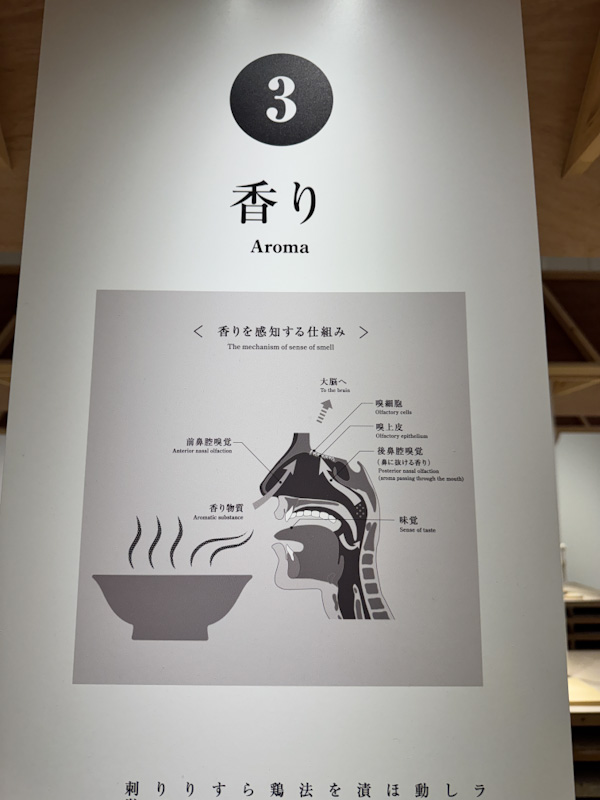
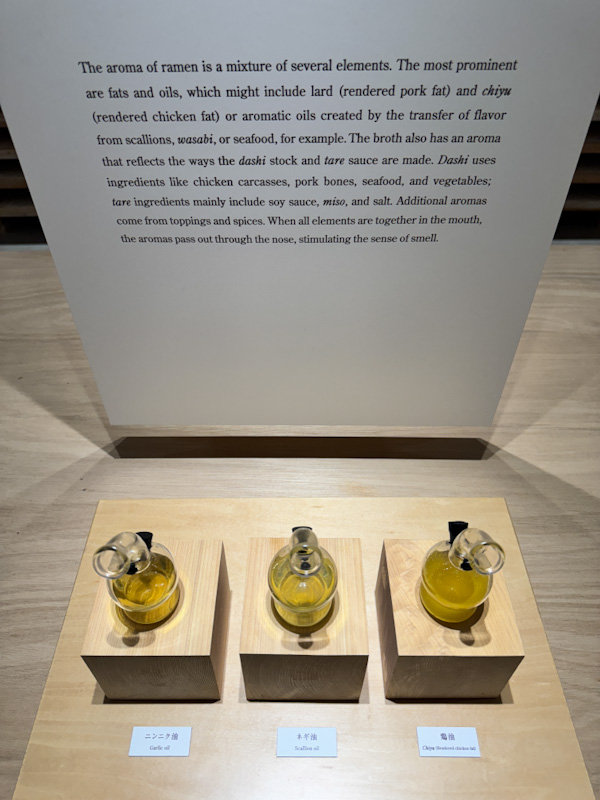
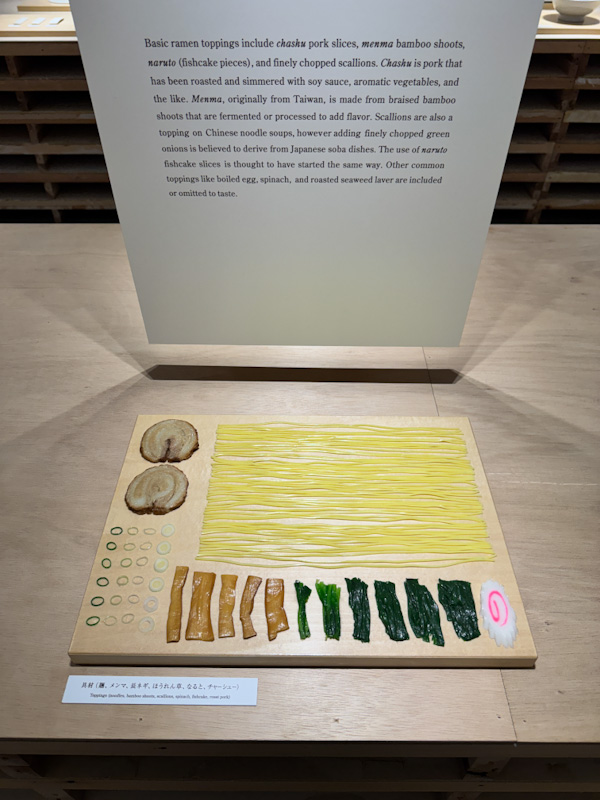
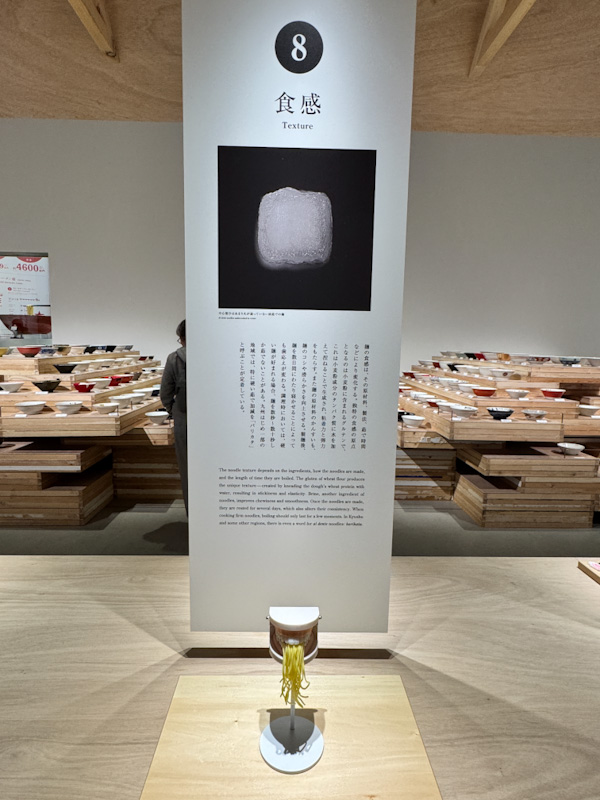
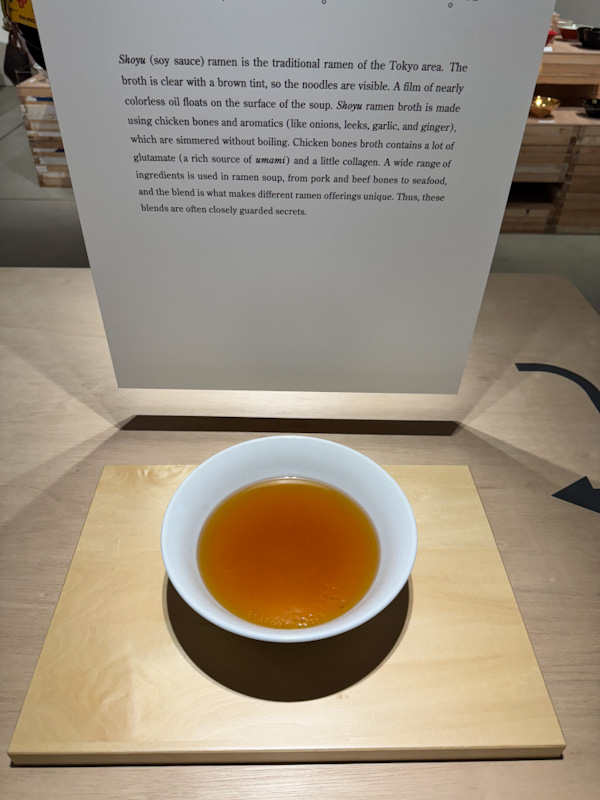
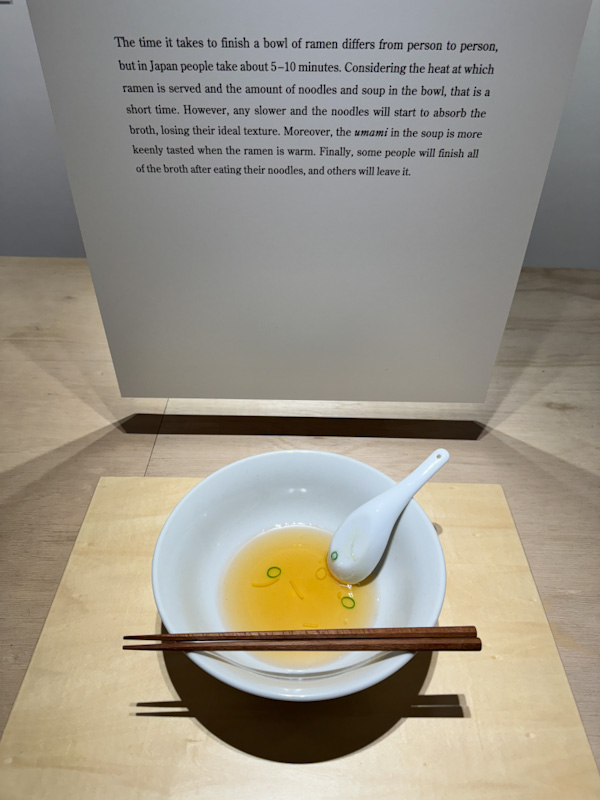
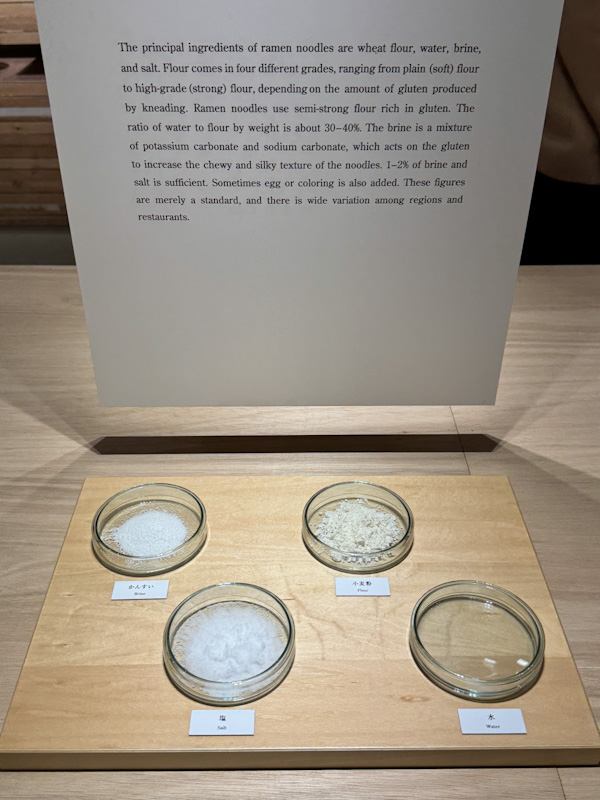
3. Color and Aesthetic Choices
Ramen bowls aren’t just practical—they’re part of the visual story. In fact, design choices like color and pattern can directly influence your ramen experience.
- Custom Branding: Many ramen restaurants use custom-made bowls that become part of their brand identity. One shop might have a signature blue swirl; another, a playful animal motif. These bowls often become icons in ramen reviews and social media posts.
- Minimal vs. Ornate: Some ramen shops choose stark, monochrome bowls to let the food do the talking. Others go full traditional with detailed paintings or gold rims.
- Contrast Is Key: A light-toned bowl can make a dark miso soup stand out, while a dark bowl gives shio ramen or egg yolks extra vibrance.
- Cultural Cues: Bowls from different regions in Japan reflect local design preferences—like Seto ware with its rustic finish, or Kutani ware with intricate art.
Did you know?
When the bowl features designs close to the inner rim, it typically serves as a gauge to keep the broth around that level to ensure the artwork remains visible when served.


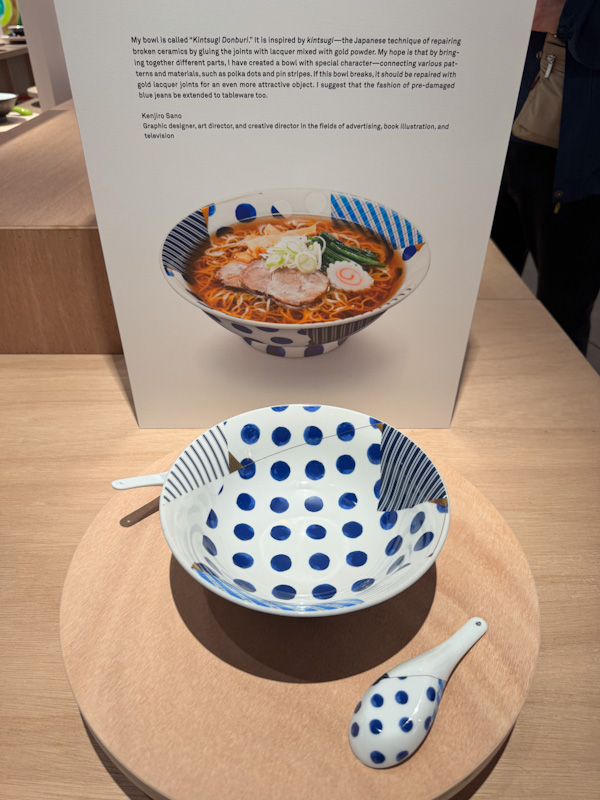
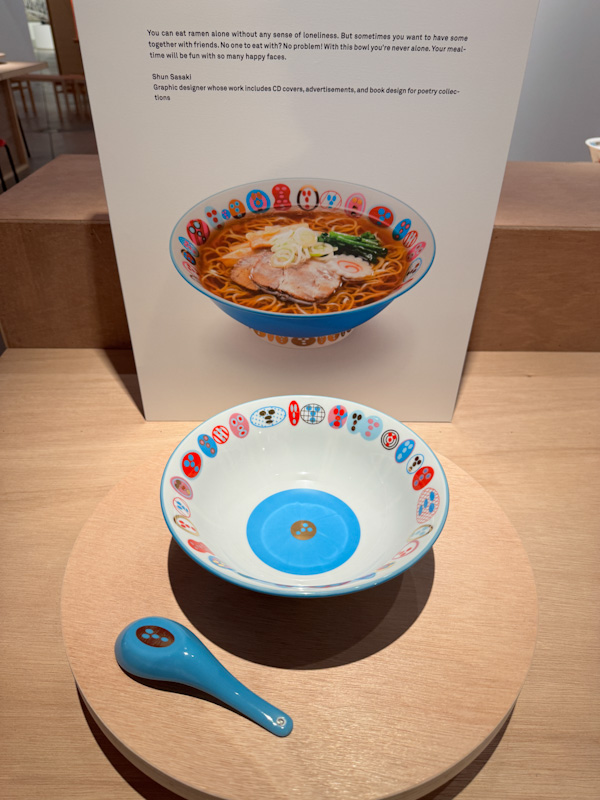
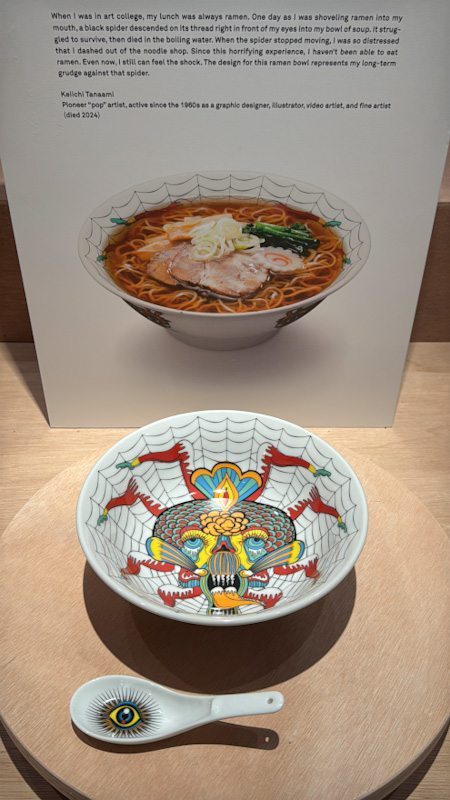
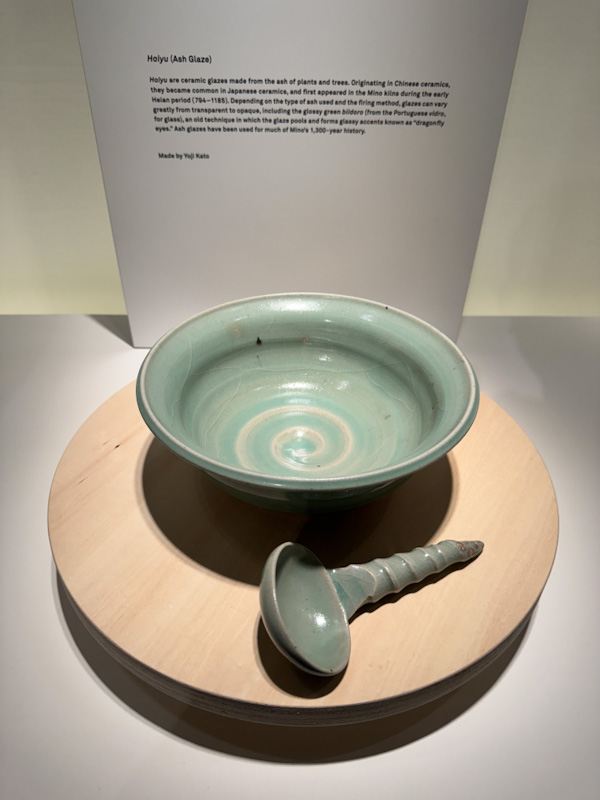
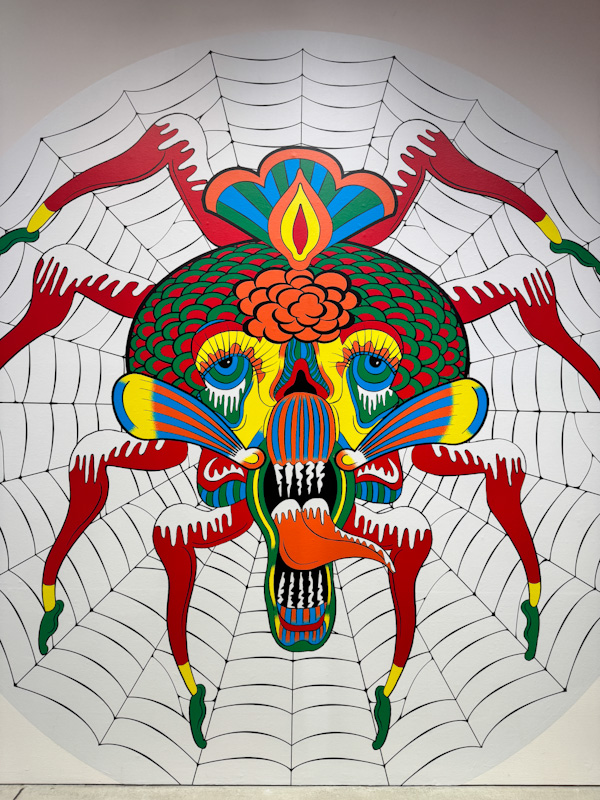
4. The Hidden Branding and Symbolism
Sometimes the best design is the one you only notice when the bowl is empty.
- Logos at the Bottom: Many bowls have a subtle logo or message at the base—kind of a “thanks for finishing” surprise.
- Studio Stamps: Handmade bowls often feature stamps from the artisan or kiln that made them. It’s like a hidden autograph.
- Symbolic Patterns: Some include waves, mountains, or calligraphy elements that subtly reflect Japanese aesthetics and traditional culture.
It’s design meets storytelling, tucked right under your final sip. These quiet details deepen the sense of craft and authenticity behind the ramen bowl.
Did you know?
The term "ramen" was only widely adopted in Japan in the 1960s. Before that, it was called "Nanjing soba" or "Chuka soba." The older term "Shina soba" was phased out due to its pejorative connotations.
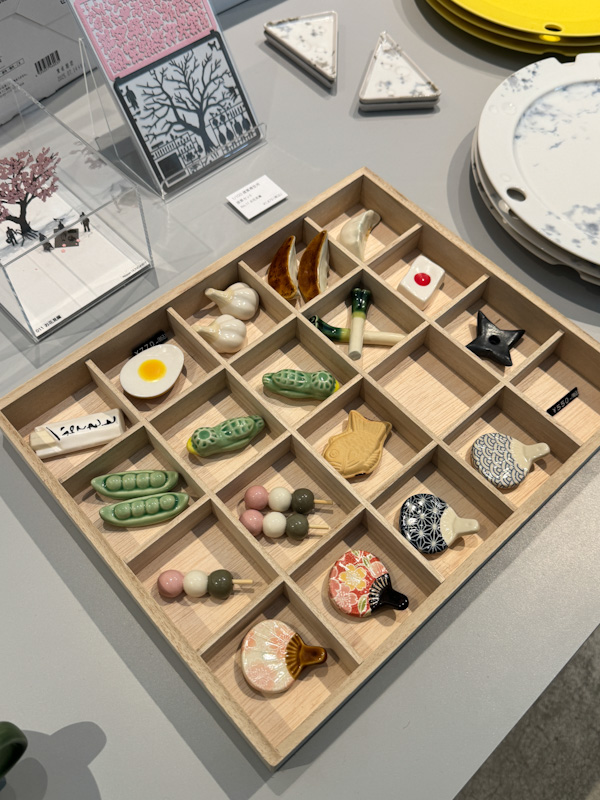


After seeing The Art of Ramen Bowls exhibition, I’ll never look at a ramen bowl the same way again. It’s not just about holding noodles—it’s about heat, aroma, balance, and beauty. Next time you’re face-to-face with a bowl of ramen, take a second to notice the shape, weight, and feel. You’ll appreciate the craftsmanship—and maybe, the ramen will taste even better.
Whether you’re exploring Tokyo’s ramen scene or slurping instant noodles at home, the ramen bowl deserves a little more love. It’s an unsung hero in Japanese culinary design—and once you notice it, you won’t unsee it.
If you are visiting The Art of Ramen Bowl 2025 in Tokyo, don’t forget to spend some time at the gallery store to bring back some souvenirs!
- Date: 3rd March 2025 to 15th June 2025
- Opening Hours: 10:00 – 19:00 (Entrance until 18:30)
- Venue: 21_21 Design Sight
- Important note: closed every Tuesday except 26 April and 6 May 2025

